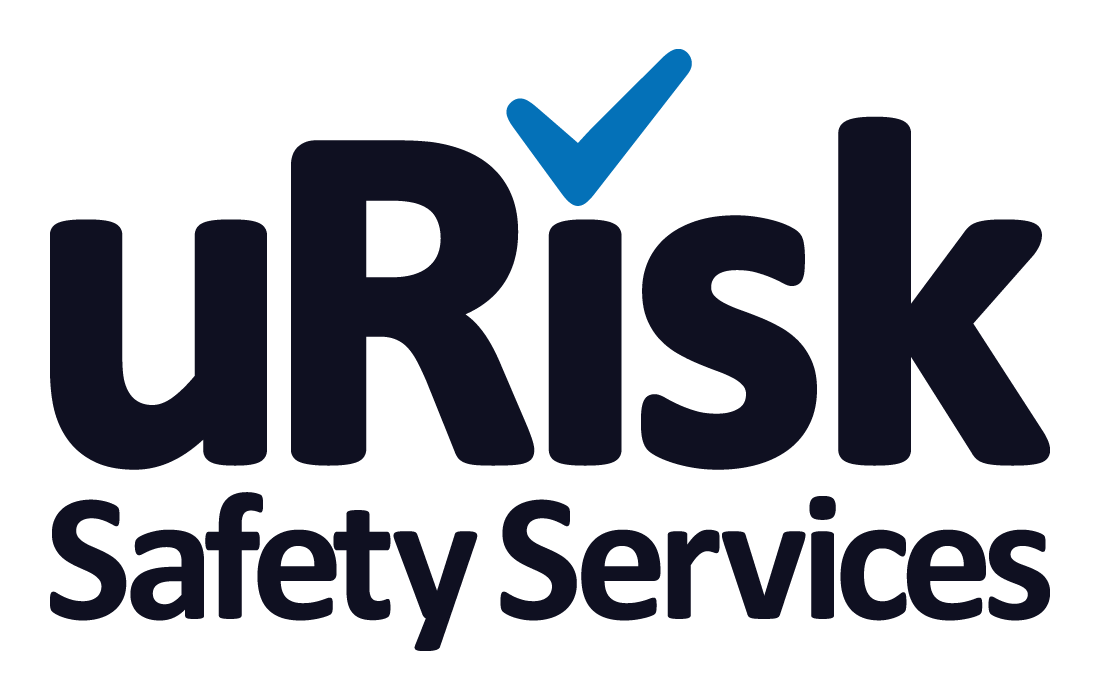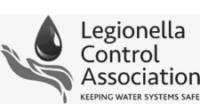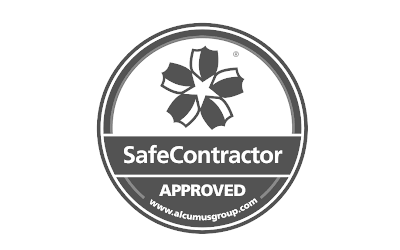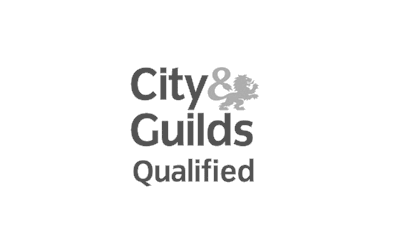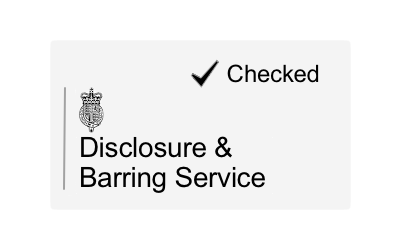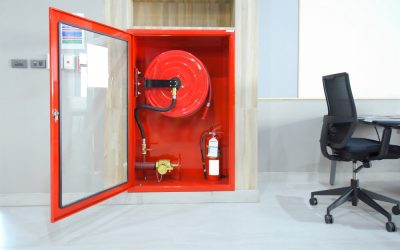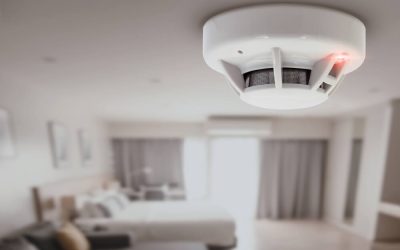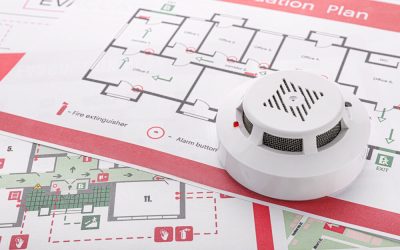Why You Should Focus On Improving Your Water Logbook
When it comes to ensuring the health and safety of others – including the management of legionella risk – keeping comprehensive, accurate records is essential, no matter what size of business or premises.
Any person in charge of a building’s water systems – whether in the role of an employer, business owner, landlord, health and safety officer, facilities manager or operations manager – has a legal duty to protect users of that system from the risks of legionella. This involves identifying and assessing sources of risk via a legionella risk assessment; managing, preventing or controlling these risks; and keeping and maintaining correct records.
Water monitoring and record-keeping is key to ensuring compliance with health and safety laws, and the Health and Safety Executive’s (HSE) Approved Code of Practice (ACoP L8) gives advice on these requirements. Without regular water monitoring and efficient legionella record-keeping, you run the risk of allowing this harmful bacterium to grow within your water system. And, by law, these records must be readily available on-site for review and inspection, which will become particularly important if an outbreak were to occur.
Legionella Logbook – What To Include
Your on-site legionella logbook should be used to log all tasks relating to water management and legionella control. What records you need to keep to meet legal requirements will vary depending on your water system and must be determined by a risk assessment. Broadly speaking, the HSE states that records should cover the following information:
- The appointed responsible person(s) who will conduct the risk assessment, as well as manage and implement the written scheme
- Any significant findings of the risk assessment
- The written scheme and its implementation
- Details about the state of operation of the water system, i.e. in use/not in use
- The results of any monitoring inspection, test or check carried out, and the dates
The inspections, tests and checks you need to carry out, and how often you need to do them, will also be determined by your risk assessment. These can include flushing, temperature checks, descaling, filter/TMV servicing, water softening, tank/cylinder inspections and water testing. The HSE also recommends keeping further records including, but not limited to, schematic diagrams of the water systems; details of precautionary measures; visits by contractors, consultants and other personnel; cleaning and disinfection procedures; and staff training records.
Establishing and updating a comprehensive water hygiene logbook will enable you to stay on top of your legionella risk management, giving you a full breakdown of which tasks need to be carried out and when, and one central place to document the results. You can manage the logbook yourself, or you can employ the services of a specialist company such as uRisk.
If you keep the records yourself, it is your choice as to whether your logbook is completed and stored on paper or electronically – legionella logbook templates and water hygiene templates are available to purchase online – but it must be readily accessible to everyone involved and must be readily available for inspections. If you are unsure about your requirements with regard to water monitoring and record-keeping, why not sign-up to our online legionella awareness training course? For just £35 + VAT, the course will guide you through all requirements with regard to legionella.
uRisk’s Monitoring Services
By utilising the services of a specialist third-party, you can be sure that your water monitoring and record-keeping will be compliant with all legal requirements. At uRisk, following a legionella risk assessment, we will produce, manage and update a bespoke water hygiene logbook to aid with your legionella monitoring and record-keeping. Our engineers will then visit your premises to carry out all the necessary tests, checks and inspections as and when required and will ensure the correct records are kept.
Organising your water monitoring via uRisk will give you peace of mind as well as access to our talented team of experts. Contracts can be for two to five years, and we can provide a competitively priced quote once we have assessed your water system – for example, how many water outlets there are, whether there are cold water storage tanks or hot water cylinders, and what other water assets are present.
Remote Monitoring Services
Controlling water temperature plays a vital role in controlling legionella risk. The bacterium thrives in temperatures between 20°C and 45°C, so keeping water temperatures below or above this range is essential. In recent years, advances in technology have made remote temperature monitoring and record-keeping accessible to all. Temperature readers (also known as probes) are installed on pipework to collect data, which is then sent to a central hub installed on-site. All your temperature readings and records can then be easily accessed online using your own secure website account and login details.
This type of remote monitoring can be installed on any water system and in all types of building, and it allows you to access your records from anywhere. It is especially useful if you look after multiple sites – by removing the need to physically visit each premises, you not only cut down your costs but also cut down on your carbon footprint (something to note for your CSR initiatives!). Setting up remote monitoring services is quick and easy – once our engineer has installed the probes, you can be online in as little as 24 hours. What’s more, as well as recording and storing your water temperatures, you can also store all logbook details online, such as reports, records and certificates.
Need Legionella Monitoring?
If you are interested in finding out more about our competitively priced services for water monitoring and record-keeping, contact us to find out how we can help.
Legionella and Water Hygiene Blog Posts
Office Fire Risk Assessment
As you would expect, keeping your office safe from the risk of fire is a legal requirement under the Regulatory Reform (Fire Safety) Order 2005. If you are the owner or manager of a business, or landlord of an office building, it is your responsibility to ensure your...
Fire Risk Assessment For Flats
Your legal requirements as a landlord include taking precautions to keep your tenants safe, including when it comes to the risk of fire in flats. As part of the fire safety regulations, fire risk assessments for flats is therefore part of your legal obligation to...
Getting A Risk Assessment For Fire in the UK
As an employer, landlord or facilities manager, it is your legal responsibility to keep everyone who uses your premises safe. A fire risk assessment is an important part of this because it identifies what might cause a fire so you can take steps to prevent one, as...
